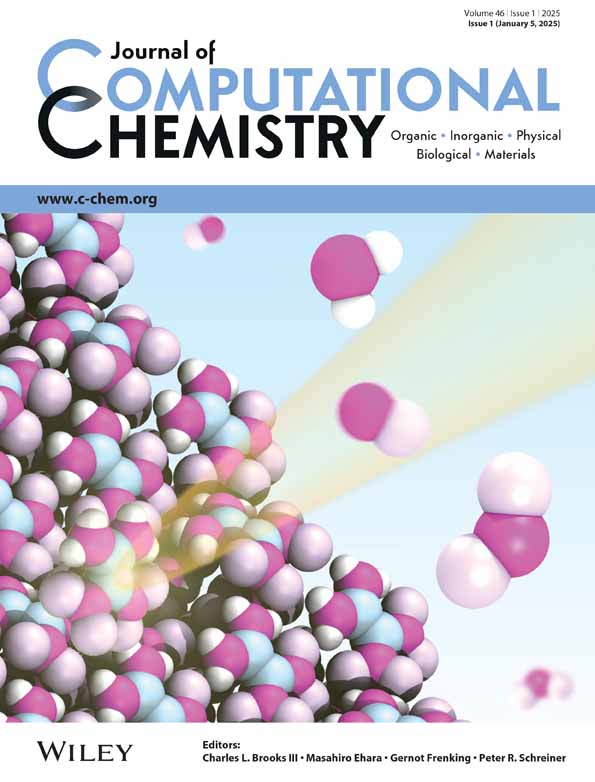Machine Learning Prediction of Physicochemical Properties in Lithium-Ion Battery Electrolytes With Active Learning Applied to Graph Neural Networks
Funding: This study was supported by Science and Engineering Research Board, File No. SRG/2022/001280.
ABSTRACT
Accurate prediction of physicochemical properties, such as electronic energy, enthalpy, free energy, and average vibrational frequencies, is critical for optimizing lithium-ion battery (LIB) performance. Traditional methods like density functional theory (DFT) are computationally expensive and inefficient for large-scale screening. In this study, we apply active learning on top of graph neural networks (GNNs) to efficiently predict these properties. By focusing on uncertain data points, active learning reduces training data size while maintaining high accuracy. Applied to the LIBE and MPcules datasets, the model achieved an R-squared (R2) values of 0.9977 with a mean absolute error (MAE) of 9.66 Ha for electronic energy and an R2 values of 0.957 with an MAE of 13.94 cm−1 for average vibrational frequencies. SHapley Additive exPlanations (SHAP) provided insights into key features influencing predictions, such as atomic number and spin multiplicity. This approach enhances both predictive accuracy and model interpretability, offering a scalable solution for LIB electrolyte discovery.
Open Research
Data Availability Statement
The data that support the findings of this study are available from the corresponding author upon reasonable request. Code availability: https://github.com/Debojyoti91/ActiveLearning-LiBattery.




